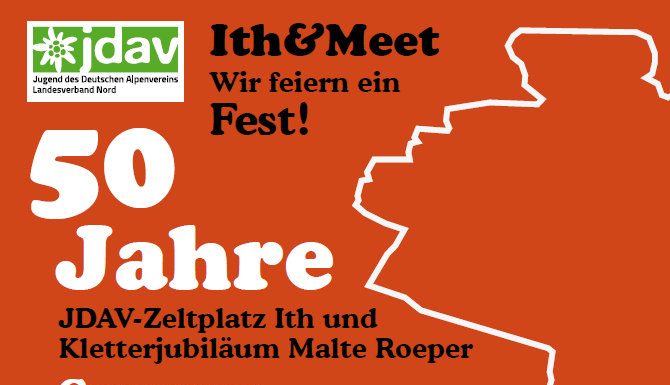Dave MacLeodJack Geldard – Editor – UKC, Nov 2008© Jack GeldardScottish climber Dave MacLeod has repeated The Indian Face (E9 6c) on Clogwyn Du'r Arddu, North Wales.MacLeod climbed the route in less than ideal conditions yesterday, just before a large patch of rain enveloped much of Snowdonia's mountains.“It just started spitting and spotting a bit when we got there and I thought it wasn't going to happen. Then it cleared just enough.“ said Dave this morning as he was drinking tea in Pete's Eats in Llanberis.“It started to rain again when I got to the jugs after the hard climbing and I climbed the upper easy top section in a bit of rain.“ he explained.MacLeod had visited Wales last week and spent a couple of days working the line. He previously tried the route back in 2007 but opted to lead the Llanberis Pass testpiece of Trauma (E8/9) instead (UKC News).Speaking about the gear the day before his successful ascent, Dave said: „I found two microwire placements close together, that you can equalise with a bit of rope, with a screamer on. They are what you would be relying on really.“Dave was in Wales with his wife Claire and with film crew Paul Diffley and Tom Kirkby, so photographs and video footage will be appearing in the not so distant future.
Peak Supplement 1991© UKC NewsThe Indian Face was first climbed by Johnny Dawes back in 1986 and before Dave's ascent had seen two repeats by Neil Gresham and Nick Dixon.The route is a very bold and technical slab climb with minimal protection but relatively (for an E9) easy climbing. It has gained almost mythical status in British climbing, partly due to the first ascensionist Johnny Dawes being one of the UK's true climbing heroes and partly due to a lack of repeats over its twenty four year lifespan. As fashions in climbing have moved toward harder, steeper and safer routes, The Indian Face has remained a desperate and deadly challenge reliant more on skill and technique than finger strength and muscle endurance.The reported French grade of the route is around F7c, and this is at the very lowest end of the E9 scale, but the technical and continuously smeary and balancy nature of the climbing, coupled with the death-fall potential, make an onsight lead a terrifying proposition – hence the E9 grade.It is such a different proposition and style of route to an average overhanging limestone sport route that comparing the two, and comparing the grades is virtually useless. Different styles, different numbers, different climbs.A safe E9 could be as hard as F8c (remember you have to put the gear in too -which makes it feel harder!) and when E grades were used to grade bolted climbs, before the UK adopted the French system for sport routes, Hubble the famous F8c+ at Raven Tor, was graded E9 7b – see Peak District guidebook page on the right.VIDEO: Nick Dixon and Johnny Dawes talk about the Indian Face Dave MacLeod is sponsored by Gore-tex , Scarpa , Black Diamond and Mountain Equipment Diesen Artikel inkl. Bilder auf UKClimbing.com anschauen



![[VIDEO] Irmgard Braun: Record Breaking Rock Climber Who Gets Stronger Every Year Irmgard Braun: Record Breaking Rock Climber Who Gets Stronger Every Year (c) Hannah Morris Bouldering](https://www.climbing.de/wp-content/uploads/2025/11/youtube_MpAJEENfEjg-218x150.jpg)

![[VIDEO] The Challenge – Steve McClure The Challenge - Steve McClure (c) Petzl Sport](https://www.climbing.de/wp-content/uploads/2025/11/youtube_mfK9ynVsDvI-218x150.jpg)
![[VIDEO] Silence 9c/5.15d – The journey begins for Will Bosi Silence 9c/5.15d - The journey begins for Will Bosi (c) William Bosi](https://www.climbing.de/wp-content/uploads/2025/11/youtube_ujb7YRfE-7k-218x150.jpg)
![[VIDEO] Yosemite Crack Testpiece: Connor Herson on Magic Line Yosemite Crack Testpiece: Connor Herson on Magic Line (c) Fusis Films](https://www.climbing.de/wp-content/uploads/2025/10/youtube_h4GEt5iSZpA-218x150.jpg)
![[VIDEO] Hardest Trad Flash Ever | Adam Ondra | Lexicon E11 Hardest Trad Flash Ever | Adam Ondra | Lexicon E11 (c) Mammut](https://www.climbing.de/wp-content/uploads/2025/06/youtube_SAUyrDLG5xM-218x150.jpg)
![[VIDEO] Deutsche Meisterschaft Bouldern 2014](https://www.climbing.de/wp-content/uploads/2014/12/vimeo_100722098-150x150.jpg)
![[VIDEO] Daniel Woods RAGE Sends a New V15 Highball in Mexico | Viva Peñoles](https://www.climbing.de/wp-content/uploads/2014/12/youtube_4_xOBNYRp1o-150x150.jpg)











